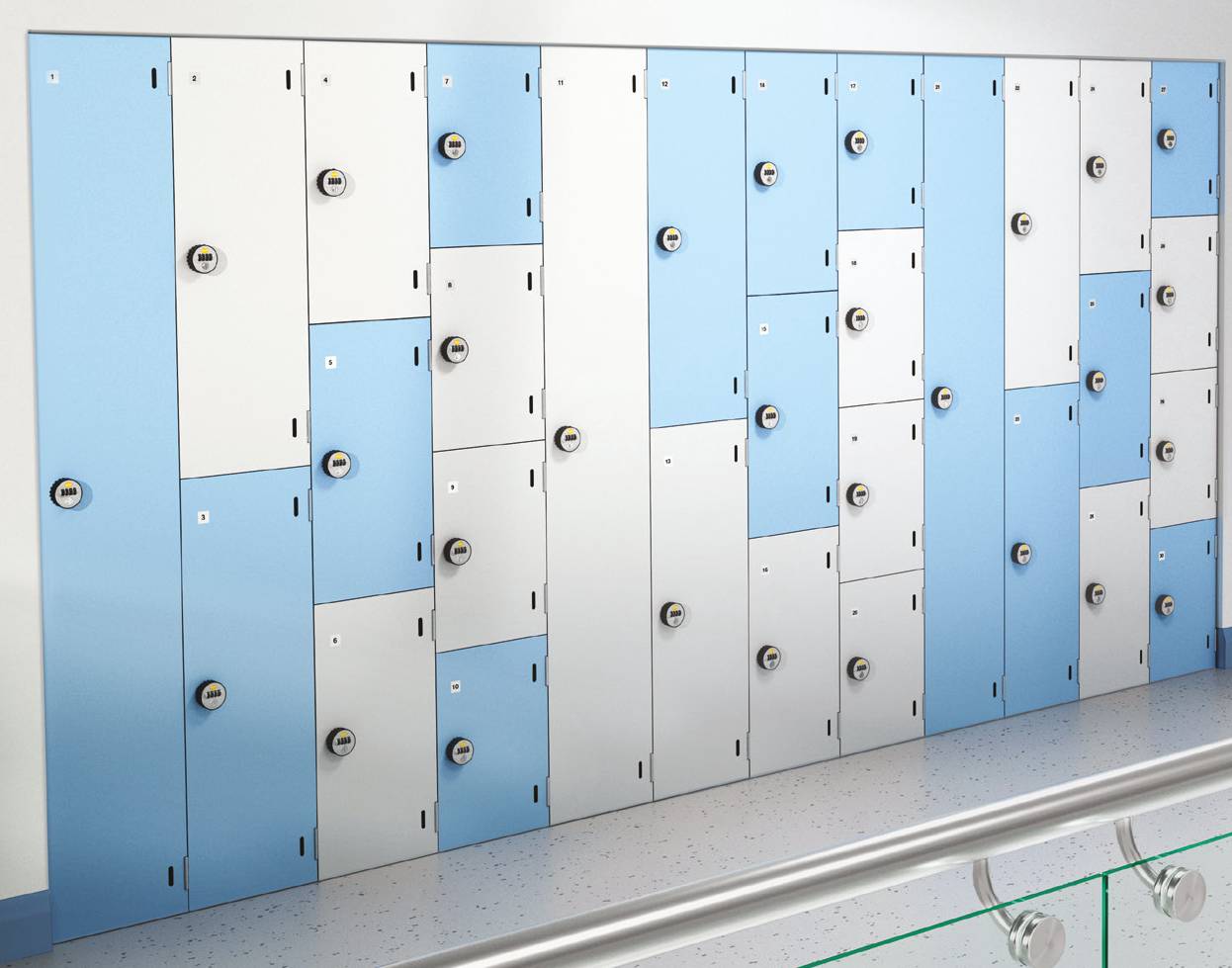For Formula 1 (F1) motorsports companies, the race to electrification is on. In 2022, the World Motor Sport Council (WMSC) approved the F1 2026 Power Unit Regulations, a core tenet of which specifies that vehicles must “increase in the deployment of electrical power to up to 50% and utilize a 100% sustainable fuel”. WMSC has made its responsibilities clear; it now falls to motorsports companies to uphold theirs to comply with future F1 regulations.
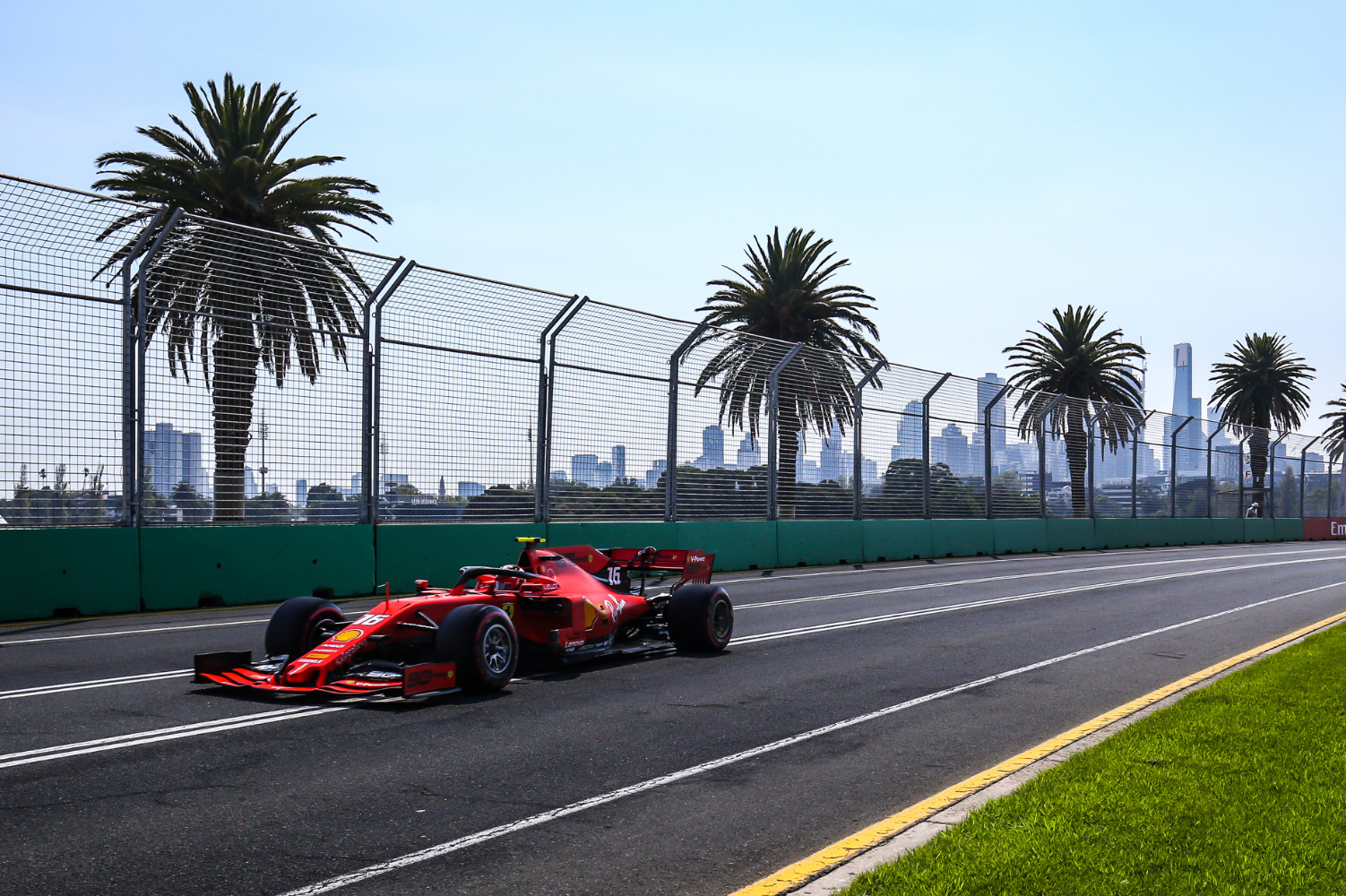
Electric vehicle (EV) battery testing is key for these companies to develop vehicles that comply with these regulations. But EV battery testing isn’t a straight road, exposing the companies testing this technology — and their people — to health and safety risks.
Not long after the WMSC announced its regulations, one company approached us to help it develop an EV testing solution that would allow its engineers to safely adapt their vehicles, improve their systems, and develop the race-winning electric motorsport cars of tomorrow.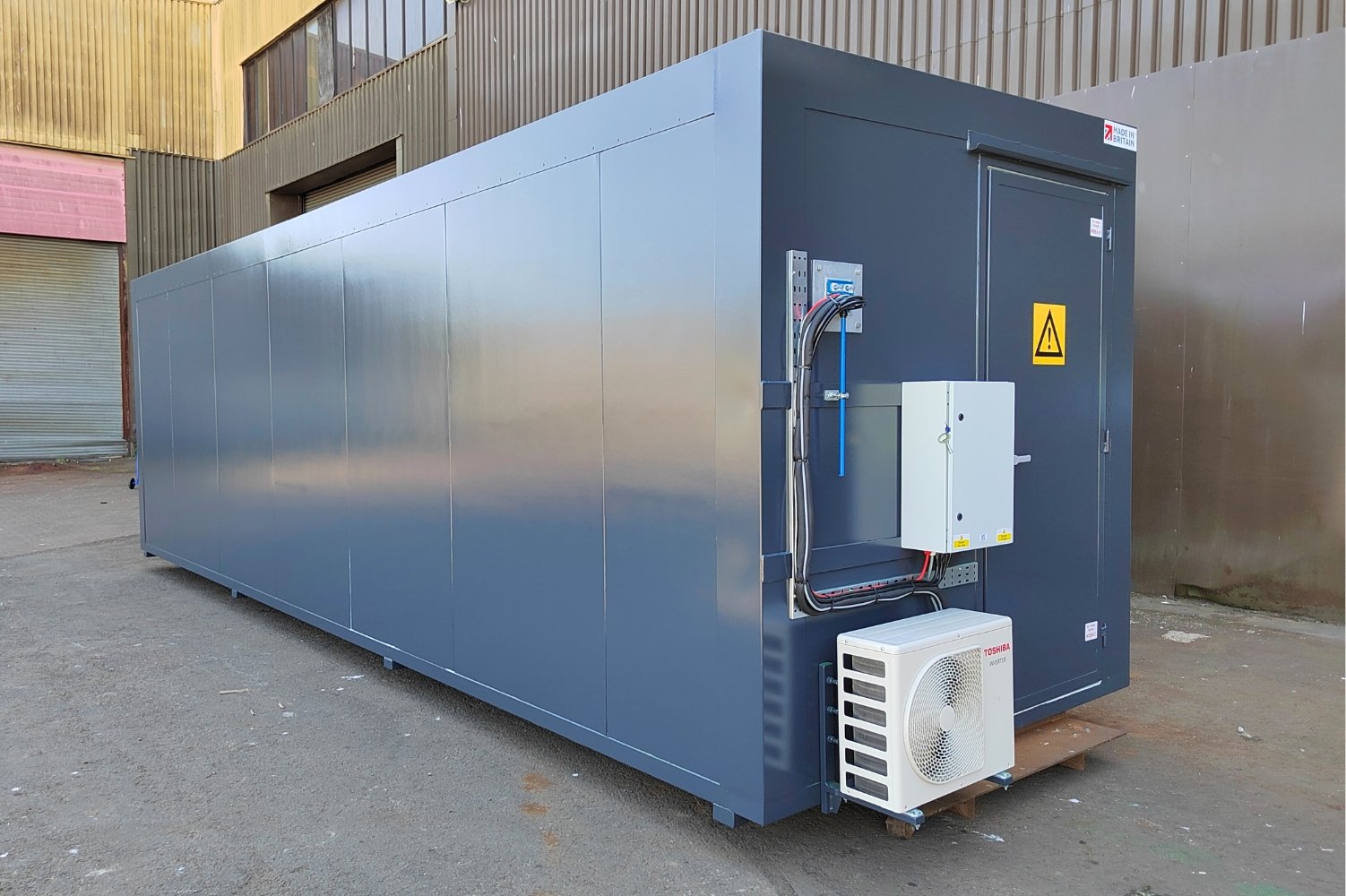
Compliance without a steer
At all times, across any industry, legislation provides the steer a company needs to operate safely, to the required quality standards, in cooperation with the wider industry and the law. Looked at in this way, regulations are guiding forces, shaping everything from research and development (R&D) to the finer details of key internal policies like health and safety.
The absence of regulations therefore presents a significant risk relative to the business area in question. When that business area is emerging EV battery technology with a reputation for catching fire or exploding when it becomes damaged or unstable, the lack of industry standards has a number of implications capable of making any company pause for thought.
- Research staff developing technology around these batteries are exposed to risk.
- Premises and other valuable assets can become damaged in the event of a fire.
- The speed with which these battery types can catch fire, the temperatures involved, and their ability to reignite, puts emergency response teams at greater risk.
- End users, in this case F1 drivers, could also suffer serious injuries or death in the event that unsafe EVs are approved for manufacture and use on the track.
Faced with these risks, the company that approached us needed a solution with which it could operate responsibly, in compliance with its internal standards and business protection, to ensure risk was minimized and safe, efficient EVs could be developed in confidence.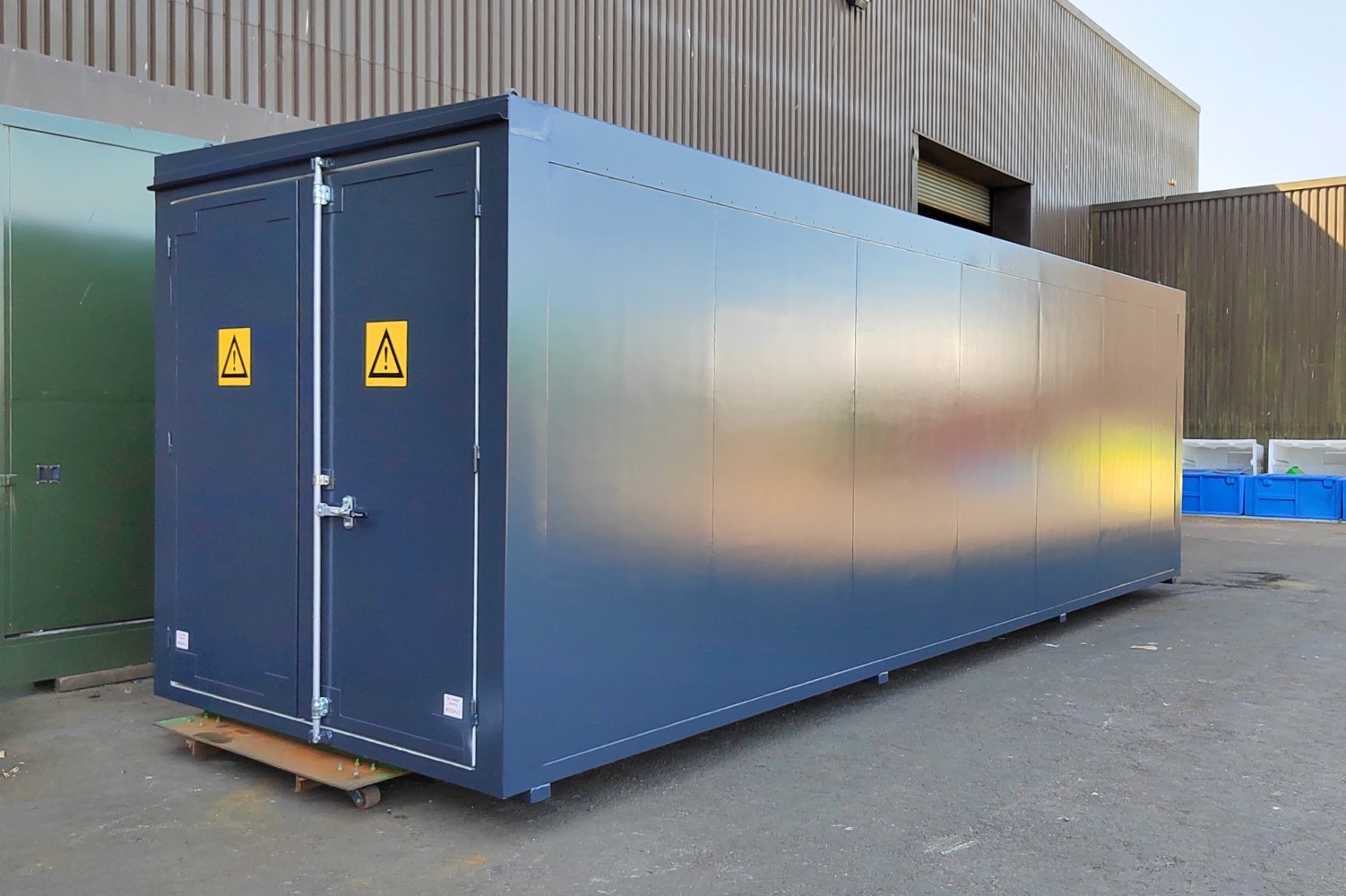
Developing a custom EV battery testing laboratory
We first made contact at a lithium-ion battery exhibition, where the opportunities — and the risks — surrounding these battery types were well promoted. Following this, Ben Seddon, visited the client’s site to scope out their requirements.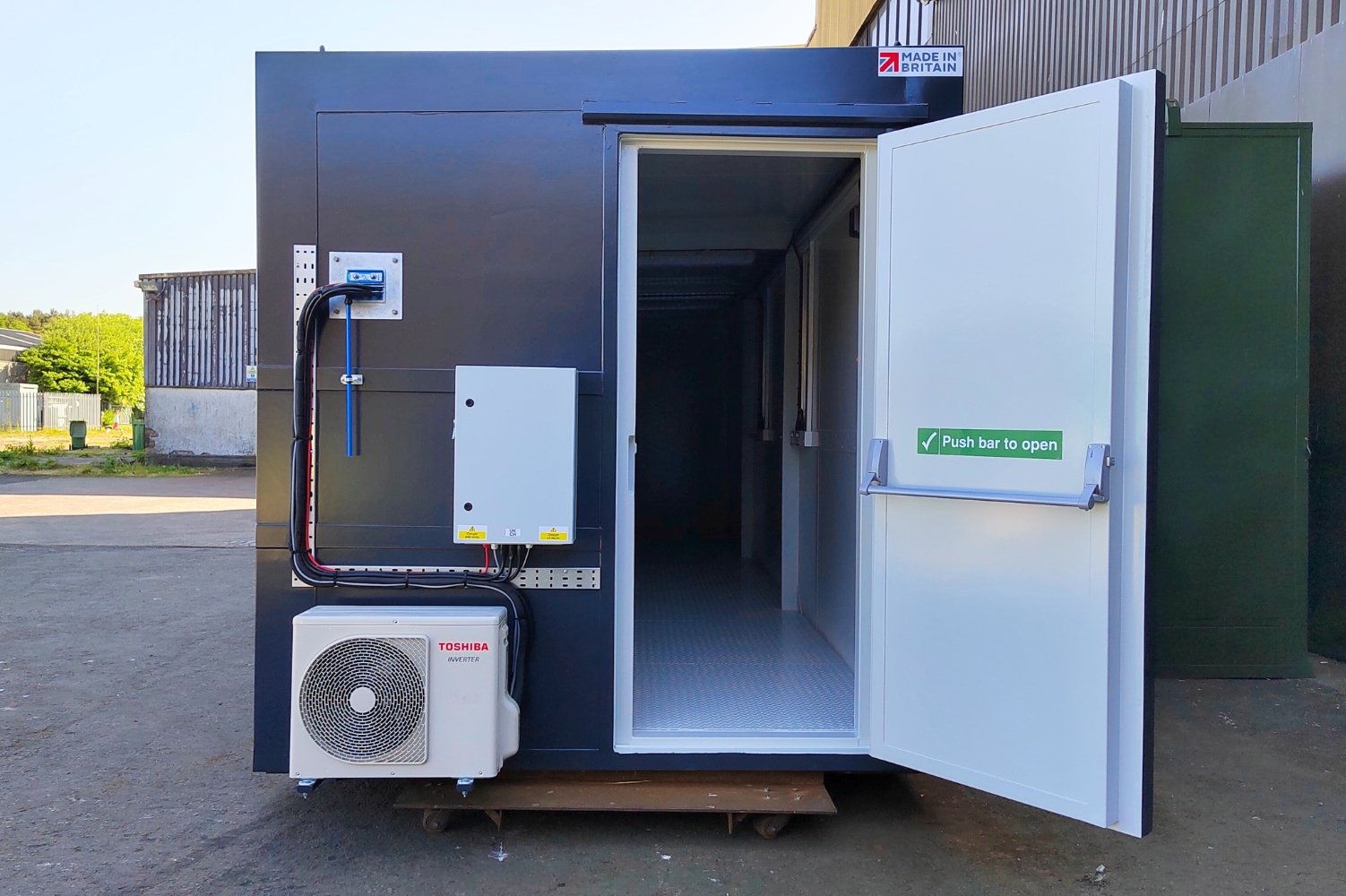
The design we proposed off the back of this site visit was a customized version of our walk-in container with test laboratory capabilities. The client worked with us to refine it until the design met its precise specifications for a safe yet practical operating environment. The approved concept included a 2-hour fire rating, air conditioning, extraction, and an aspirating system linked to the client’s site-wide alarms. The aspirator works by drawing in air through a tube that runs across the unit ceiling. If it detects smoke particles, it triggers the alarm. 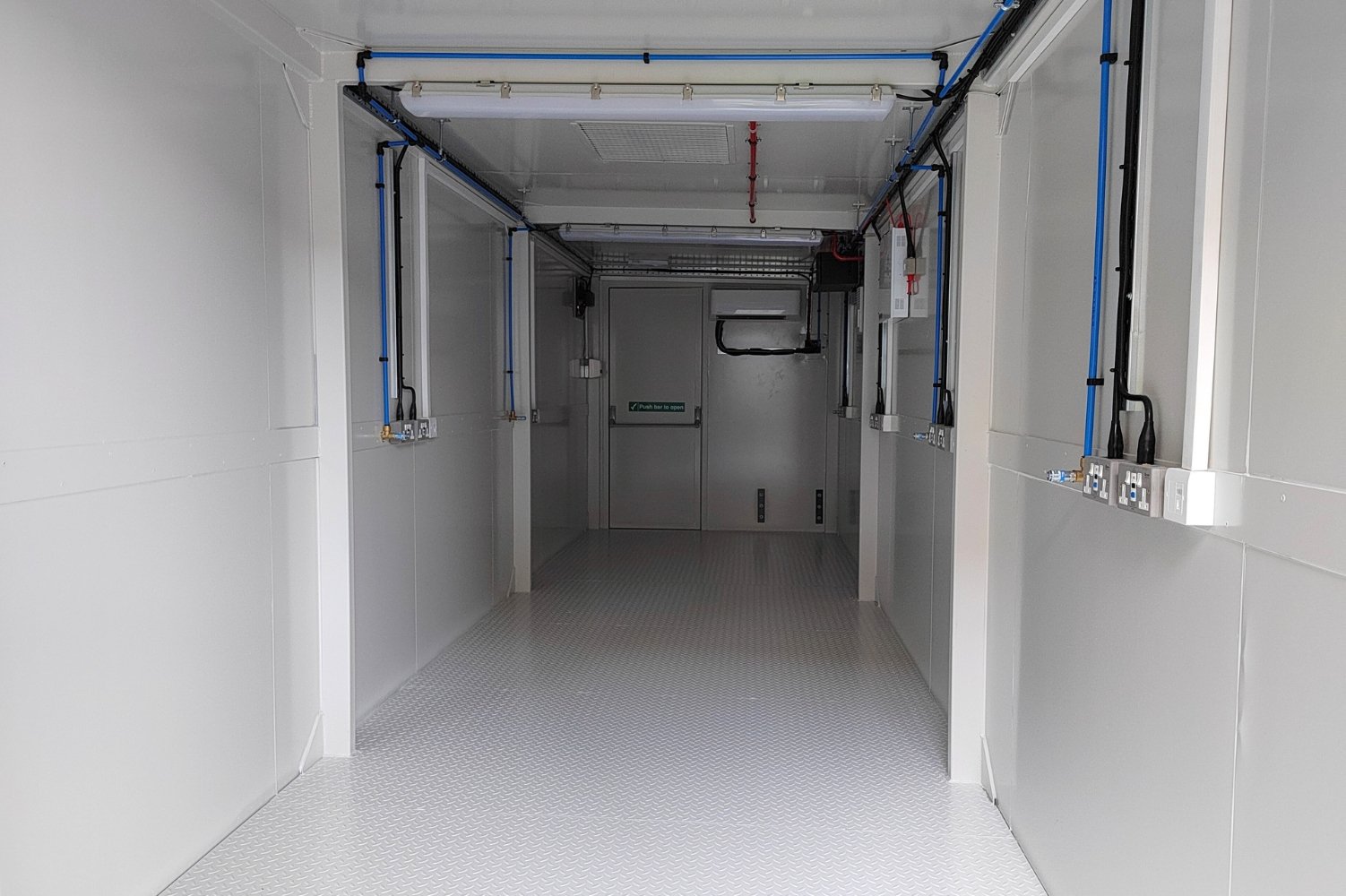
A dedicated suppression system was considered, but ultimately deemed unnecessary given the small size and low volume of batteries being tested in the unit. In the event of early detection as a result of the aspirators, any fires can be quickly put out using handheld lithium-ion extinguishers located and maintained in the vicinity. The 2-hour fire rating ensures the fire will be contained and that staff, the premises and the local environment are kept safe.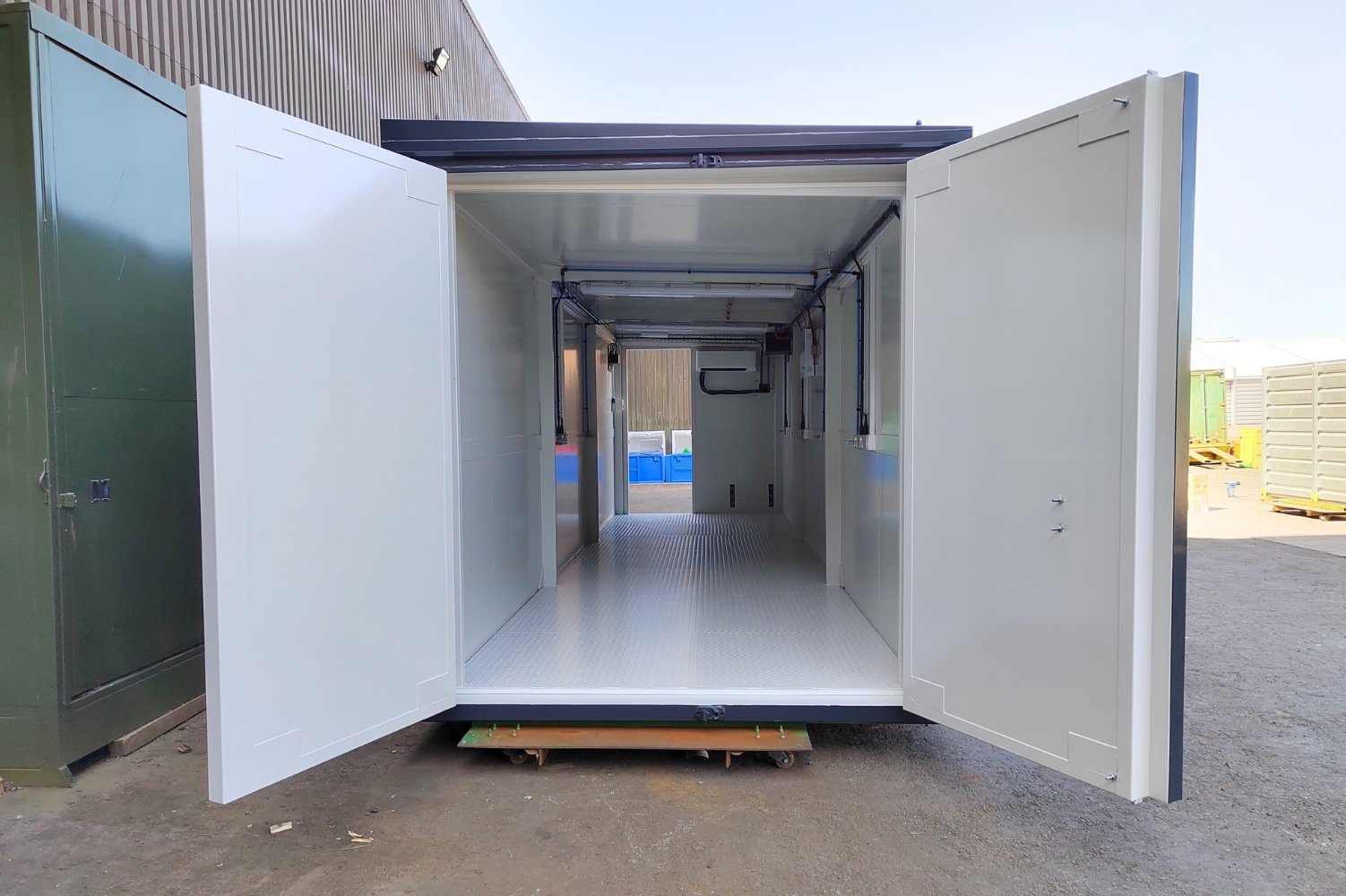
From the workbench to the racetrack
The build took our engineers 10 weeks to complete and represents the first testing laboratory of its kind that we’ve developed for this purpose. It includes additional features such as electrical sockets and air lines, which aren’t standard to our walk-in units. 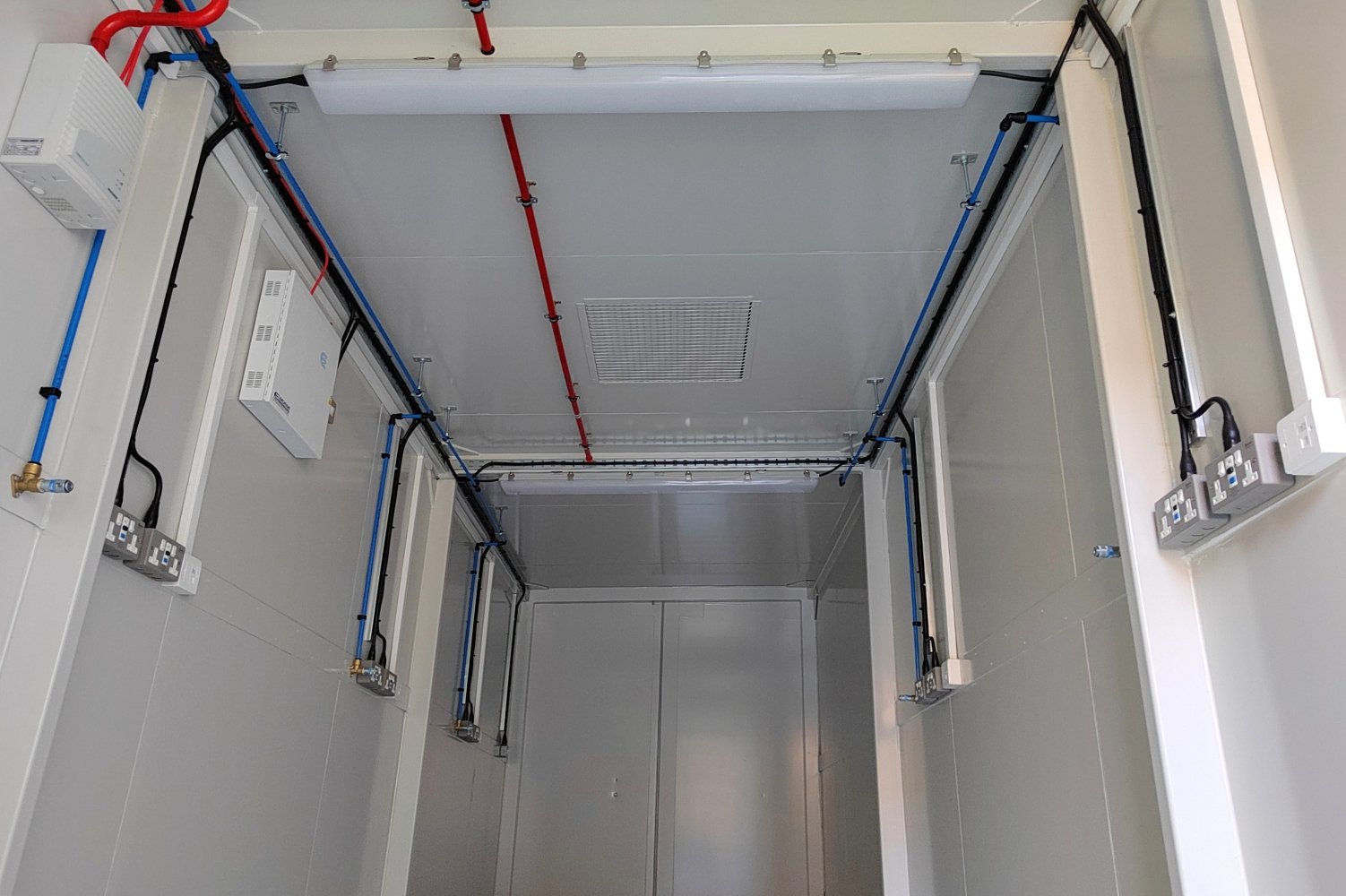
The unit has been transported to its final location at one of the client’s sites. In the meantime, we’re due to begin work on a second unit of the same size with different interior specifications in the next few weeks.
The race to adopt new or emerging technology can be likened to a race to the finish line. But our client doesn’t just intend to come in first place. With its new testing laboratory, it now has the secure, reliable environment needed to lap the competition in the development of safe, efficient EVs that win races and drive the future of motorsport sustainability forward.
For more information on various hazardous storage solutions, visit this page. https://merlin-industrial.com/hazardous-storage
